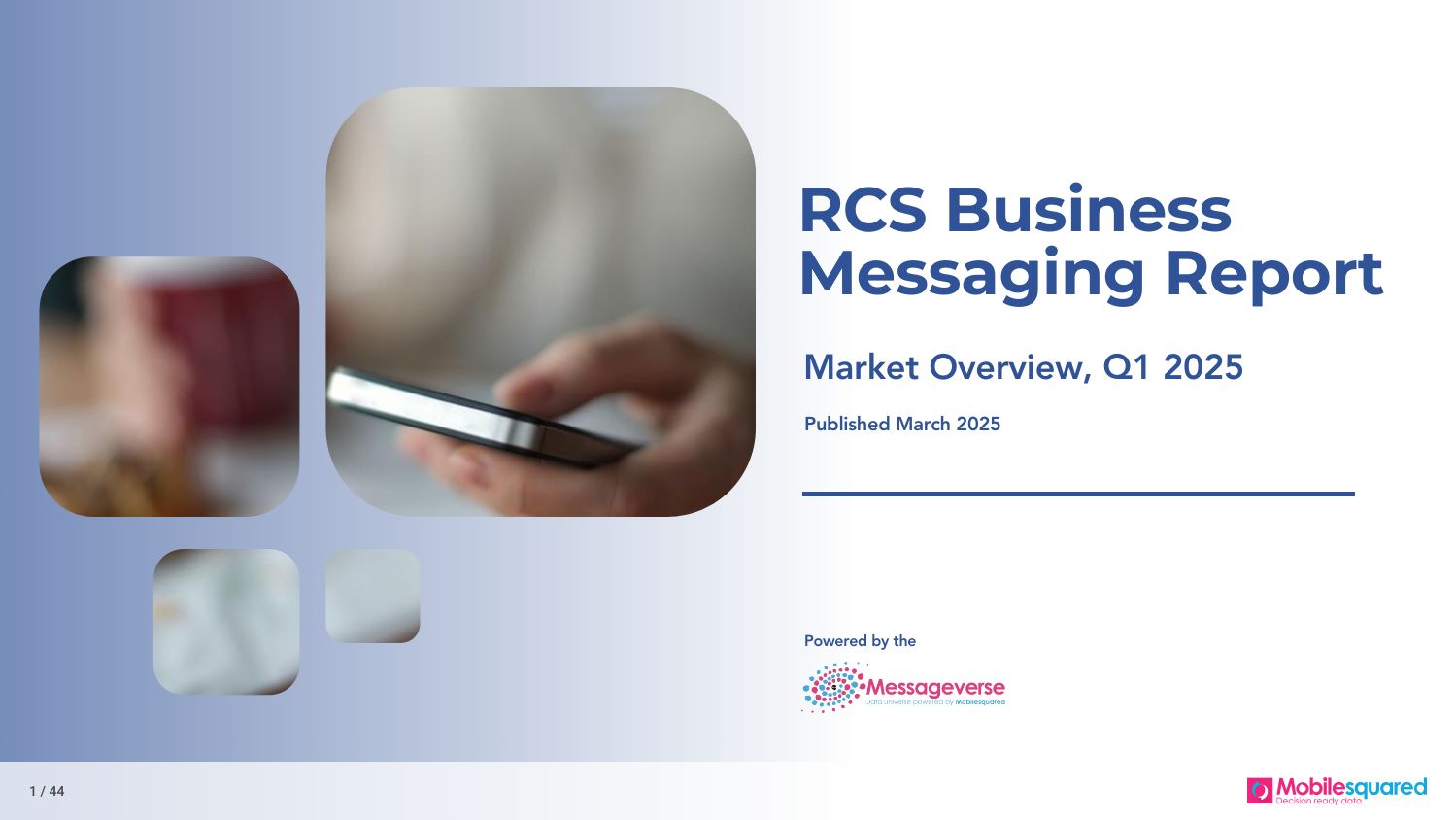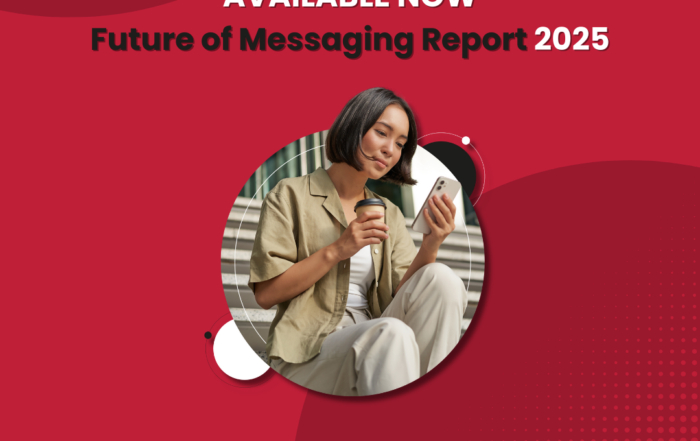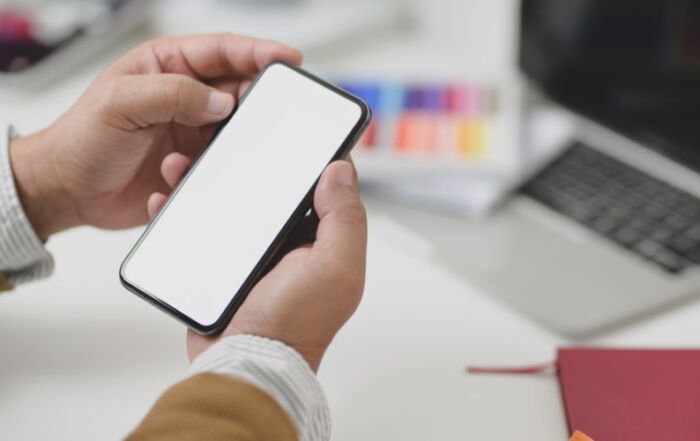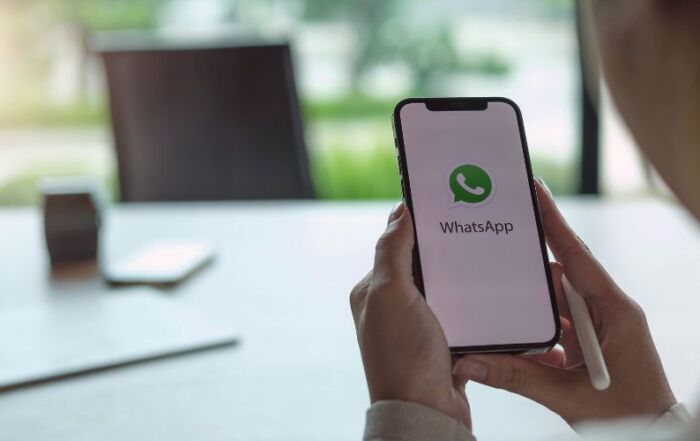RCS
Updated Quarterly
A 12 month RCS intelligence subscription costs £6,450 and includes:
- Unlimited online access to 3 million searchable datapoints, updated quarterly
- Market insight report, updated quarterly
- Country-level data for 200 markets
- RCS market view 2018-2029 (actual data 2018-2024 / 5-year forecasts 2024-2029)
- 10 x user licences
- Exclusive customer analyst briefings & webinars
RCS Business Messaging (RBM) is set to become the single largest global rich messaging channel, and a major opportunity for mobile operators to monetise rich messaging – despite Google’s domination of RCS and RBM.
Our subscription delivers quarterly updates, so you can always access up-to-the minute intelligence to feed into your business planning. Which is essential, given how much is taking place behind the scenes in RCS.
The RCS Business Messaging datasets contains over 3 million data points covering 200 markets with forecasts to 2029. Includes; traffic type, category (customer care & commerce), use case, use case by sector, traffic migrating from SMS and much more.
Each update is accompanied by a quarterly report containing:
- Commentary and analysis of the latest data
- RBM market launches, mobile operator RCS developments, and Apple RCS country launches
- Expert insight and intelligence on market developments from the previous quarter
- The latest RBM termination rates
- Regulatory updates
To discuss bespoke RCS Business Messaging data please contact us
FAQs
We conduct in-depth business messaging market research, interviewing around 300 companies annually across the messaging ecosystem. We also run surveys on key topics and collaborate with mobile operators who share anonymised mobile insight data.
Our work with key trade bodies and industry forums keeps us ahead of developments. Combining diverse source insights with annual findings over the last ten years has led to the Messageverse—a data universe of over 70 million data points that our customers can access freely.
Our research spans 200 countries worldwide, providing forecast and actual data for each country.
We publish market analyst and data reports on A2P SMS, WhatsApp, CPaaS, RCS/RBM, and data soley for Facebook and Viber. Our messaging market reports cover topics like AIT, OTP, and A2P SMS fraud. View examples of our reports here.
Access our research through an annual subscription for in-depth intelligence by channel, as a snapshot country-specific data report, or as bespoke intelligence, like whitepapers or workshops.

